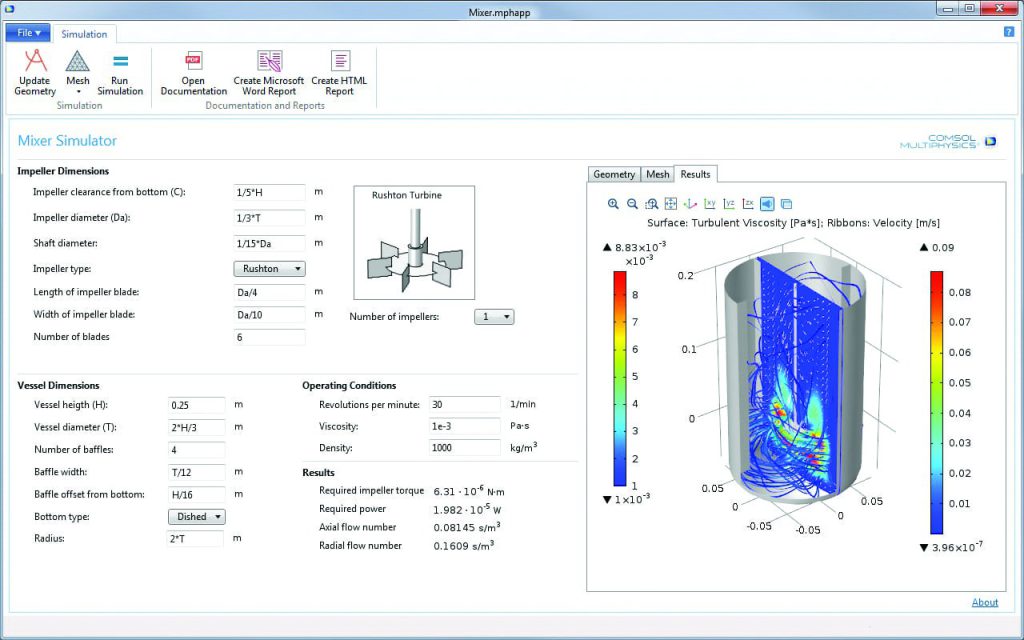The chemical engineering landscape is undergoing a revolutionary transformation, driven by rapid advancements in software and digital technologies. From simulation and design to real-time process control and data analytics, digital tools are enabling engineers to innovate and optimize like never before. This detailed article explores how these tools are integrated into chemical engineering practices, their benefits, challenges, and future trends.
1. The Digital Transformation in Chemical Engineering
A. The Rise of Software Applications
Traditionally, chemical engineering relied heavily on manual calculations, empirical methods, and scaled physical experiments. Today, specialized software has become indispensable, enabling precise simulations, enhanced design, and robust safety analysis. Modern digital tools support various stages of process development—from conceptual design to plant operations—reducing time-to-market and cutting operational costs.
B. Key Drivers of Change
- Increased Computational Power: Advances in computing allow for complex simulations that mimic real-world chemical processes.
- Data Explosion: The abundance of process data has created an environment ripe for big data analytics and machine learning.
- Automation: Improved automation software minimizes human error and enhances process reliability.
- Global Competition: In an increasingly competitive market, efficiency and innovation are paramount.
2. Essential Digital Tools and Their Applications
A. Process Simulation Software
Tools like Aspen HYSYS, CHEMCAD, and gPROMS enable engineers to simulate chemical processes in a virtual environment. These applications allow users to:
- Model complex chemical reactions
- Optimize process conditions
- Predict the behavior of plant operations under varying scenarios
Simulation software is invaluable during the design phase, helping engineers foresee potential issues before building a physical plant.
B. Computer-Aided Design (CAD) and Modeling
Advanced CAD systems now integrate with process simulation tools, providing a seamless design experience. These digital platforms allow for:
- 3D modeling of plant components
- Virtual prototyping of equipment
- Detailed piping and instrumentation diagrams (P&IDs)
C. Data Analytics and Machine Learning
The chemical industry is leveraging data analytics to:
- Monitor process performance in real time
- Predict equipment failures before they occur
- Optimize production schedules
Machine learning algorithms are particularly useful in uncovering hidden patterns in large datasets, leading to improved process efficiency and reduced downtime.
D. Automation and Control Systems
Modern Distributed Control Systems (DCS) and Programmable Logic Controllers (PLCs) have become smarter thanks to software integration. They offer:
- Precise control over chemical reactions
- Real-time adjustments based on sensor data
- Enhanced safety measures and emergency response protocols
3. Impact on Process Optimization and Safety
A. Enhanced Process Efficiency
Digital tools facilitate the optimization of chemical processes by allowing engineers to simulate and analyze multiple scenarios quickly. The benefits include:
- Reduced energy consumption
- Minimization of raw material waste
- Improved yield and product quality
B. Improved Safety Standards
Safety is paramount in chemical engineering. Digital tools contribute to safer operations by:
- Allowing comprehensive hazard and operability studies (HAZOP) in a virtual setup
- Enabling real-time monitoring and automatic shutdown procedures in critical situations
- Supporting robust training modules via digital twin technologies
C. Environmental Benefits
With the ability to optimize processes, digital tools help reduce emissions and waste. Simulations can forecast the environmental impact of a process, aiding in the design of greener technologies and adherence to environmental regulations.
4. Real-World Applications and Case Studies
A. Process Plant Design and Retrofitting
Several chemical plants have successfully implemented simulation software to redesign aging equipment and retrofit existing facilities. These digital interventions have led to increased production efficiency and a safer working environment.
B. Digital Twins in Operations
Digital twin technology creates a virtual replica of a physical plant. This innovation allows engineers to:
- Monitor live operations
- Test process adjustments in a risk-free environment
- Predict maintenance needs before failures occur
C. Integration with the Internet of Things (IoT)
IoT devices continuously feed data into centralized systems, providing engineers with up-to-date insights. This real-time data integration has been pivotal in achieving seamless automation and process control.
5. Future Trends and Challenges
A. The Role of Artificial Intelligence (AI)
AI is set to revolutionize chemical engineering further by:
- Automating complex decision-making processes
- Optimizing multi-variable systems in real time
- Enhancing predictive maintenance strategies
B. Cybersecurity Concerns
As chemical plants become more digitized, they also become vulnerable to cyber threats. Ensuring robust cybersecurity measures will be essential to protect sensitive process data and maintain operational integrity.
C. Skills and Training
The evolution of digital tools demands a new skill set for chemical engineers. Continuous professional development and specialized training programs are crucial to ensure that engineers can effectively leverage these advanced tools.
D. Integration and Interoperability
While numerous software solutions exist, integrating them into a cohesive ecosystem remains a challenge. Future developments will likely focus on creating interoperable platforms that streamline workflow across design, simulation, and operation stages.
6. Conclusion
The integration of software and digital tools in chemical engineering is not merely a trend but a transformative shift that is redefining the industry’s future. From enhancing process simulation and design to optimizing operations and ensuring safety, digital innovations are proving indispensable. As technology continues to evolve, chemical engineers must embrace these tools to drive efficiency, innovation, and sustainability in their field.
The future of chemical engineering lies at the intersection of traditional principles and modern digital technologies. By staying informed and adaptable, today’s engineers will be well-equipped to shape a safer, more efficient, and environmentally friendly industry.


